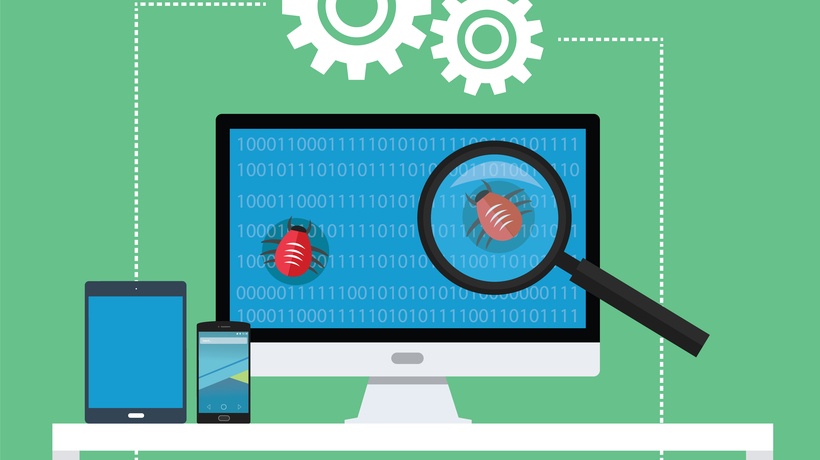How Automation Is Changing Education In 2021
eLearning is an effective way to help workforces get the skills they need, especially as circumstances evolve and require new knowledge. Applying automation to eLearning initiatives can help them be even more effective. Here are 4 advantages of taking this approach.
1. Helping Employers Monitor Progress
When company representatives administer training to large workforce segments, it’s not always easy to ensure all of the employees stay on track for completing the material on time. Supervisors may issue deadlines, but how can they see whether workers will get through the content by those dates? Automation can help.
One possibility is by giving employees and employers relevant push notifications. Perhaps a human resources manager might get one that says, "Only 25% of people with access to a course have started it so far." In that case, they might look into the matter further and speak with people who haven’t progressed through many modules yet.
Automated elements can also detect any changes in an employee’s typical usage and send encouraging notifications if necessary. Maybe a person had been logging in to complete parts of a module for 14 evenings in a row, but then went three days without activity. An automated prompt sent to a person’s smartphone could get them back on track after that lapse.
2. Personalizing The Content For Increased Engagement
Automation also plays a significant role in tailoring the learning experience for each student. People learn differently, and things like their existing knowledge, a learning disability, and their preferred way to get information on new topics can shape how well they perform in a certain module.
Mousumi Kapoor is the founder and CEO of Continual Engine, a company that uses artificial intelligence (AI) to facilitate learning for people in the workforce and elsewhere. Kapoor explained, “AI algorithms and predictive models work together to create highly personalized learning experiences and provide data to track and analyze the impact of learning.”
She continued by explaining why such offerings are increasingly popular, saying, “AI-driven learning solutions are revolutionizing the market by offering educational institutions or corporations an intuitive, highly personalized, self-paced learning platform and enable feedback, and data-driven metrics to measure course effectiveness.”
AI could also be useful for onboarding employees, particularly by gauging their current knowledge level. If it automatically keeps track of a person’s strengths and weaknesses as they move through modules, the content could stay maximally relevant.
Consider an example where a person working through a section of an online chapter has gotten all of the last 10 practice questions correct. Then, automated technology might recognize a person’s competency and give them the option of going to the final quiz of the section. If a person can skip ahead but still get the right answers on all those last questions, they won’t become bored and disengaged by going over the content they know well.
3. Measuring People’s Learning Preferences And Behaviors
The ability to accommodate various scheduling needs is one reason why individuals like online tutoring and learning services. It doesn’t always work for someone to attend in-person training or tutoring at particular times from week to week. eLearning courses operate similarly by allowing people to complete modules at the times and places that work for them.
Automation can also help employers track trends related to how their workforce prefers to go through the content. Perhaps an automated data analysis tool linked to a training program shows that most people complete online material between 8-10 p.m. on weekdays. This can prove a useful tidbit if an employer needs to hold an in-person training soon because it shows the times when many workers have the most availability.
Since most automated features run in the background, they can also collect valuable data about how most people interact with the course. For example, an automated reporting system could show that 98% of learners watch videos when modules include them. A finding like that gives a compelling reason for employers to keep adding videos to future content.
4. Adapting To Inevitable Content Differences
Succeeding with eLearning often requires recognizing the worth of an individualized approach. For example, a company leader might require workers to go through a cybersecurity awareness module about phishing. Perhaps the business experienced several phishing attacks of a particular type before and wants the training to get people ready to recognize and combat them.
There are products that automatically change where and how people engage with phishing simulations. Then, people get content that’s more like what they’d see in the real world.
Moreover, automation can track how people respond differently to certain simulations based on the languages they speak or their cultural backgrounds. This is important to know since specific phishing trends are more prominent in some regions.
Automation And eLearning: A Smart Pairing
These are some of the many reasons why eLearning tools feature automated elements in order to make them work better for everyone involved. People should expect to see these advantages and others if they decide to pursue automated education strategies.









